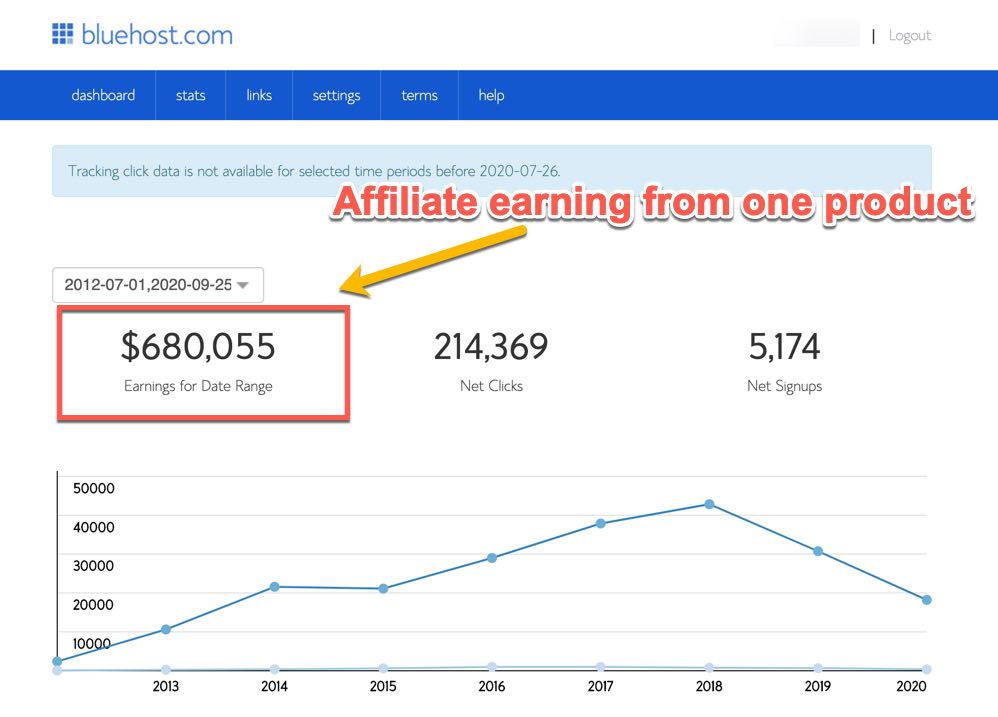
TFTP can be described as a simplified version the File Transfer Protocol. It uses UDP and not TCP authentication. This makes TFTP faster than FTP. There are some differences between FTP and TFTP, though. This article will focus on TFTP and the limitations it has. TFTP doesn't have authentication, and it is also slow. If you need to share files between two systems, then TFTP may be better.
File Transfer Protocol is simplified with TFTP
TFTP (Transfer Protocol for Windows) is a simplified FTP. Unlike FTP, it does not use a logon mechanism or authentication. It transmits data in plain text over a network so that it can be easily intercepted by malicious attackers. Because of this, TFTP is not a good choice for sensitive data transfer. However, TFTP can be useful for bootstrapping.
TFTP is based on a client request to upload a file to a server. This request is also known as a connection request. The server must approve the connection request. Client sends the file once the server has granted the connection request. The file is sent in blocks of a certain size. The block size for the original TFTP protocol was 512 bytes. Later versions of the protocol allow both the client and server to negotiate the block sizes. If the server rejects the client's request, the transfer is considered unsuccessful.
It lacks authentication
TFTP is a protocol for file transfer. It is compatible with UDP port 69, and clients are not required to authenticate. TFTP supports both read- and write access to servers via RFC 1350 format. TFTP has been rarely used on public Internet. TFTP is used mostly to send configuration files to VoIP handsets and ROM pictures.

TFTP was created to transfer the most basic files and was first published in 1980. It lacks authentication and is frequently found on a local network. If a file is uploaded to a remote server it could be accessed by an unauthorized user.
It uses UDP
To test if TFTP uses UDP, we can use tcpdump to inspect a TFTP packet. Tcpdump interprets UDP packets and prints the RRQ and name of the file as well as the length of the data in bytes. The opcode's first two bytes are followed by eight netascii bytes and another bytes.
TFTP uses UDP port 69 when transferring files to and fro a remote server. TFTP does NOT include encryption or authentication mechanisms for clients. Files can not be read or modified. This type of protocol also does not list directory contents.
It's quicker than FTP
TFTP is a protocol that connects clients and servers. Although it's not as secure and reliable as FTP, TFTP is a fast alternative to FTP for file transfers. It's a great option when directory visibility is not required, such as backing up or updating files from an IOS device. It is more difficult to use when large files are transferred because it uses different methods than FTP.
TFTP can be used to transfer files between clients and servers using the User Datagram Protocol (UDP). It uses UDP port number 1969 to send files. This protocol is not secure and does not allow for user authentication. Instead, the client will send an acknowledgment to each data unit received and the server will send the next data unit. TFTP is simpler than FTP, and its simplicity makes it easier to implement.

It lacks error-checking
Trivial File Transfer Protocol is a file transfer protocol. This protocol uses a network connection for file transfer from a client or server. This protocol is lightweight and simple to implement. It does not include the usual FTP features such as error detection, user authentication, or directory support. TFTP's errors often only concern file name problems and incorrect user credentials.
TFTP uses simple techniques to reject corrupt files in order to resolve these problems. TFTP is also vulnerable to man in the middle attacks so encryption is essential. TFTP's file-transfer protocol has a 32 MB limit and 6-five hundred fifty-five million bytes per block.
FAQ
Should I hire someone to design my website or do it myself.
If you're looking to save some money, don’t pay for web designing services. Hiring someone else to make your website is a good option if you're looking for quality results.
You don't need to hire expensive web designers to create websites.
If you're willing and able to invest the time and effort to create a stunning website, you can use free tools such as Dreamweaver or Photoshop to learn how to do it yourself.
It is possible to outsource your project to a freelance web developer, who will charge by the hour rather than per-project.
How Do I Choose A Domain Name?
It is important to pick a quality domain name. If your domain name is not great, people won't be able to find you easily when they search the internet for your product.
Domain names should be simple, short, easy-to-remember, relevant to your brand and unique. It is ideal to have something that people can type into their browser.
These are some suggestions for choosing a domain.
* Use keywords that are related to your niche.
* Do not use (-), hyphens in your numbers and symbols.
* Don't use.net or.org domains.
* Never use words that have already been used.
* Avoid generic terms, such as "domain" or web site.
* Make sure it is available.
How do I create a free website?
This will depend on the type and purpose of your website. Do you want to sell online products, start a blog, build a portfolio, or both?
You can make an essential website using only HTML and CSS (a combination of HyperText Markup Language and Cascading Style Sheets). Although HTML and CSS can be used to create simple websites, web developers prefer using a WYSIWYG editor like Dreamweaver or Frontpage.
If you don't have experience designing websites, hiring a freelance developer might be the best option. They can help you create a custom website based on your needs.
Freelancers can charge a flat fee or an hourly rate. The price of hiring a freelancer will vary depending on how much work is completed within a specified timeframe.
One example is that some companies charge $50-$100 for an hour. Higher rates will be charged for larger projects.
A lot of freelance websites offer job listings. There are many websites that list available jobs.
WordPress: Is it a CMS or not?
Yes. It is called a Content Management System. CMS is a way to manage your website content without having to use an application such Dreamweaver/Frontpage.
The best part about WordPress is that it's free! You don't have to pay for anything other than hosting, which your ISP usually provides.
WordPress was initially intended to be used as a blog platform. Now, WordPress offers many different options: eCommerce sites, forums. Membership websites. Portfolios.
WordPress is easy and quick to install. Download the file from their website, and then upload it to your server. Next, simply go to your domain name via your web browser and log into your new site.
After installing WordPress, register for a username/password. After logging in, you will see a dashboard that allows you to access all your settings.
Here you can add pages and posts, images, menus, widgets and plugins. You may skip this step if you feel comfortable editing and creating content.
However, if you prefer to work with someone else, you can hire a professional web designer to handle the whole process.
What is a responsive website design?
Responsive Web Design (RWD) is an approach to designing websites where content displays responsively on all devices - desktop computers, laptops, tablets, smartphones, etc. This allows users to view a website on one device simultaneously but still access other features such as navigation menus, buttons, etc. RWD is designed to ensure that a user can view a site on any size screen.
You would, for example, want to make sure that a customer can view your website even on a mobile device.
A responsive website will adjust its layout automatically based on what device is used to view it. The site will display exactly the same way on a laptop as if it were viewed on a desktop computer. It will be different if the page is viewed from your phone.
This allows you to create one website that works on all devices.
What is a website static?
A static website is possible to be hosted anywhere: Amazon S3, Google Cloud Storage or Windows Azure Blob storage. Rackspace Cloudfiles, Rackspace Cloud Files. Dreamhost and Media Temple. You can also deploy a static website to any platform that supports PHP such as WordPress, Drupal Joomla! Magento PrestaShop and others.
Static web pages are generally easier to maintain since they don't constantly send requests back-and-forth between servers. Also, they load faster because there's no need to send any requests back and forth between servers. Smaller companies with limited resources and the time required to manage websites properly will find static web pages more beneficial.
Statistics
- The average website user will read about 20% of the text on any given page, so it's crucial to entice them with an appropriate vibe. (websitebuilderexpert.com)
- Is your web design optimized for mobile? Over 50% of internet users browse websites using a mobile device. (wix.com)
- It's estimated that chatbots could reduce this by 30%. Gone are the days when chatbots were mere gimmicks – now, they're becoming ever more essential to customer-facing services. (websitebuilderexpert.com)
- It enables you to sell your music directly on your website and keep 100% of the profits. (wix.com)
- When choosing your website color scheme, a general rule is to limit yourself to three shades: one primary color (60% of the mix), one secondary color (30%), and one accent color (10%). (wix.com)
External Links
How To
How to become web developer
A website is more than just HTML code. It's an interactive platform that allows you to communicate with users and deliver valuable content.
Websites can be more than just a means of delivering information. It should also serve as a portal to your company. It should be easy for customers to find the information they need quickly, and it should also allow them to interact with your company in a way that is convenient.
The best websites enable visitors to find exactly what they want and then move on.
This requires you to acquire technical skills as well design aesthetics. You will need to understand HTML5 coding principles and CSS3 styling. Also, you'll need to keep up with the latest developments and JavaScript.
A variety of tools are required, including InDesign, Photoshop, Illustrator and Fireworks. These tools enable designers to create website graphics and layouts. You'll also need to create a style guide that includes everything, from fonts to colors to layout.
Start by researching articles and taking online courses if you are interested in becoming web designers.
Although it might take you months or even years to finish your degree program you will be ready to join the workforce once you have earned it.
Remember to practice! Your ability to design will make it easier for you build amazing websites.